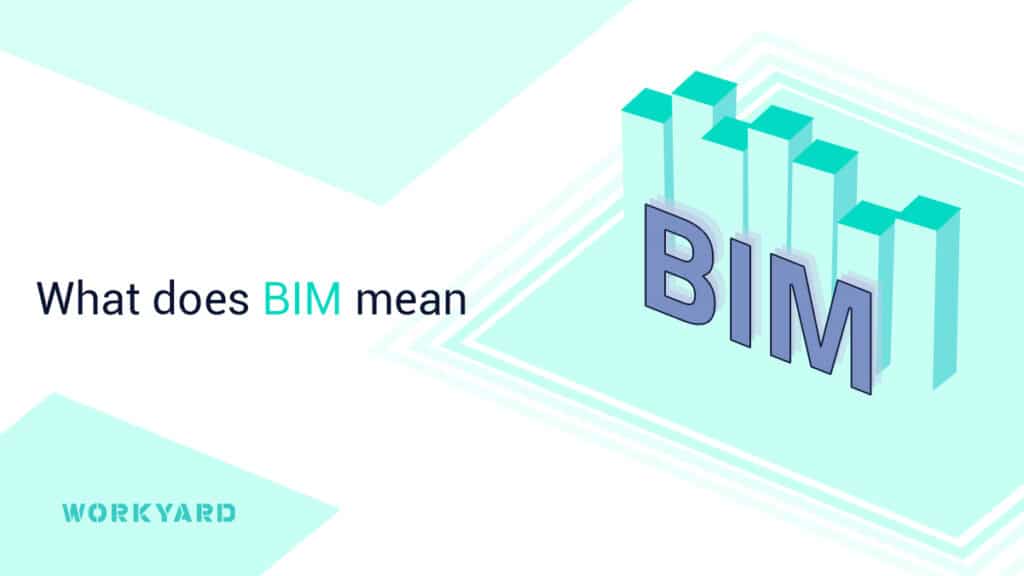Building Information Modeling (BIM) is a revolutionary approach in the architecture, engineering, and construction (AEC) industry. It goes beyond traditional 2D drawings by incorporating intelligent 3D models that contain extensive information about various elements of a building. These models act as a virtual representation of the construction project, providing a comprehensive view of its design, construction, and operation.
The fundamental principle of BIM is collaboration. It enables architects, engineers, contractors, and other stakeholders to work together seamlessly throughout the project lifecycle. By using BIM software and tools, teams can share and integrate information, making the decision-making process more efficient.
One of the key benefits of BIM is its project visualization capabilities. With 3D models, stakeholders can gain a realistic understanding of how a building will look and function even before it is constructed. This helps to identify design issues, analyze spatial relationships, and make informed decisions early on in the construction process, which can reduce the risk of costly changes mid-project.
BIM also enables data-driven decision-making. The 3D models are enriched with intelligent information, including material specifications, cost estimates, and maintenance schedules. This data empowers project teams to assess the impact of multiple design options and evaluate performance criteria.
Another core benefit of BIM is that it facilitates better coordination and clash detection. By integrating various systems within the digital model, potential conflicts and clashes can be identified and resolved before construction even begins. This helps in reducing errors, rework, and costly delays.
In summary, BIM is a transformative approach that enhances collaboration, visualization, and decision-making in the AEC industry. By embracing BIM, professionals in the construction industry can revolutionize their workflows, enhance communication, and ultimately create more successful project outcomes.

